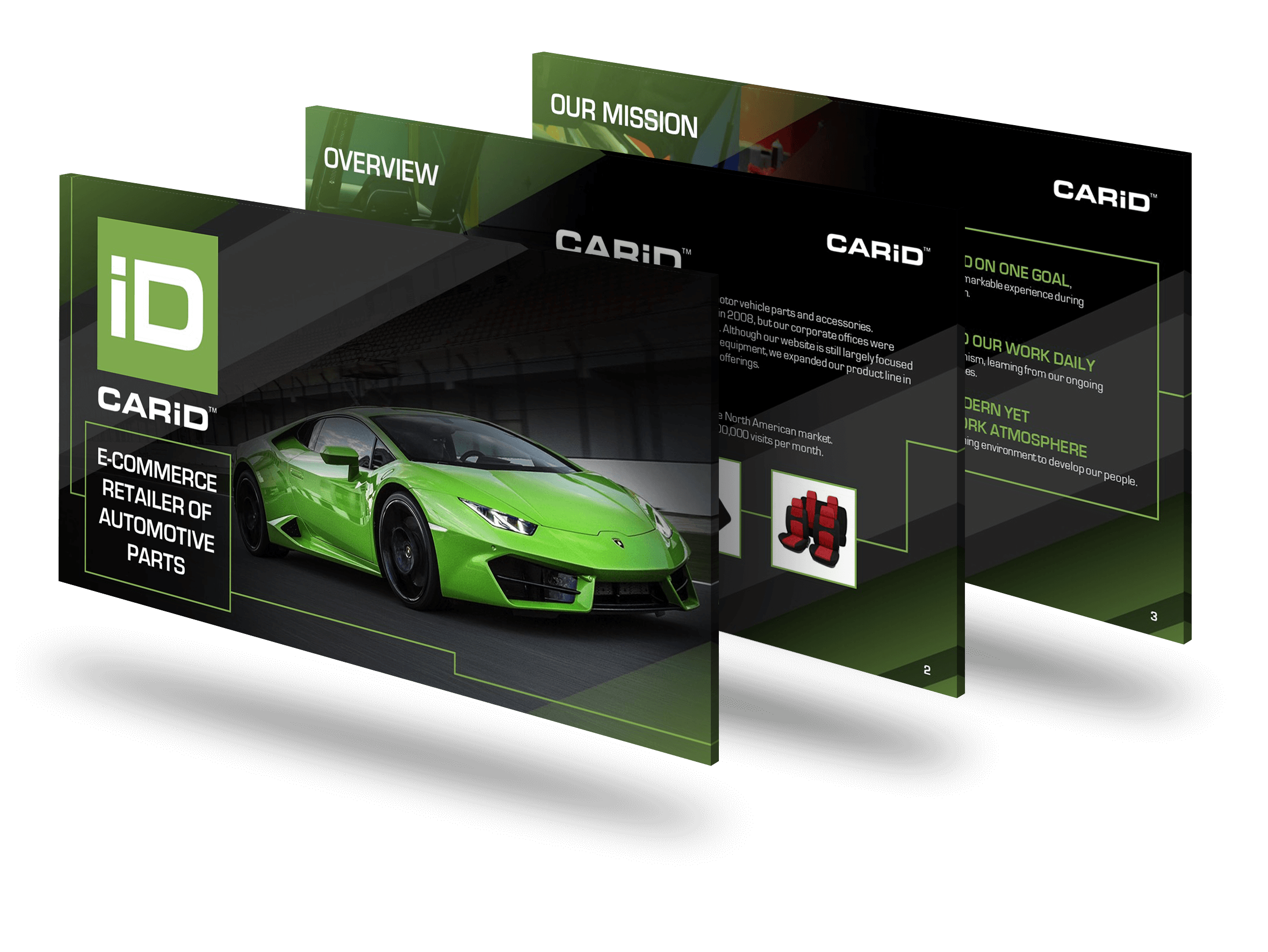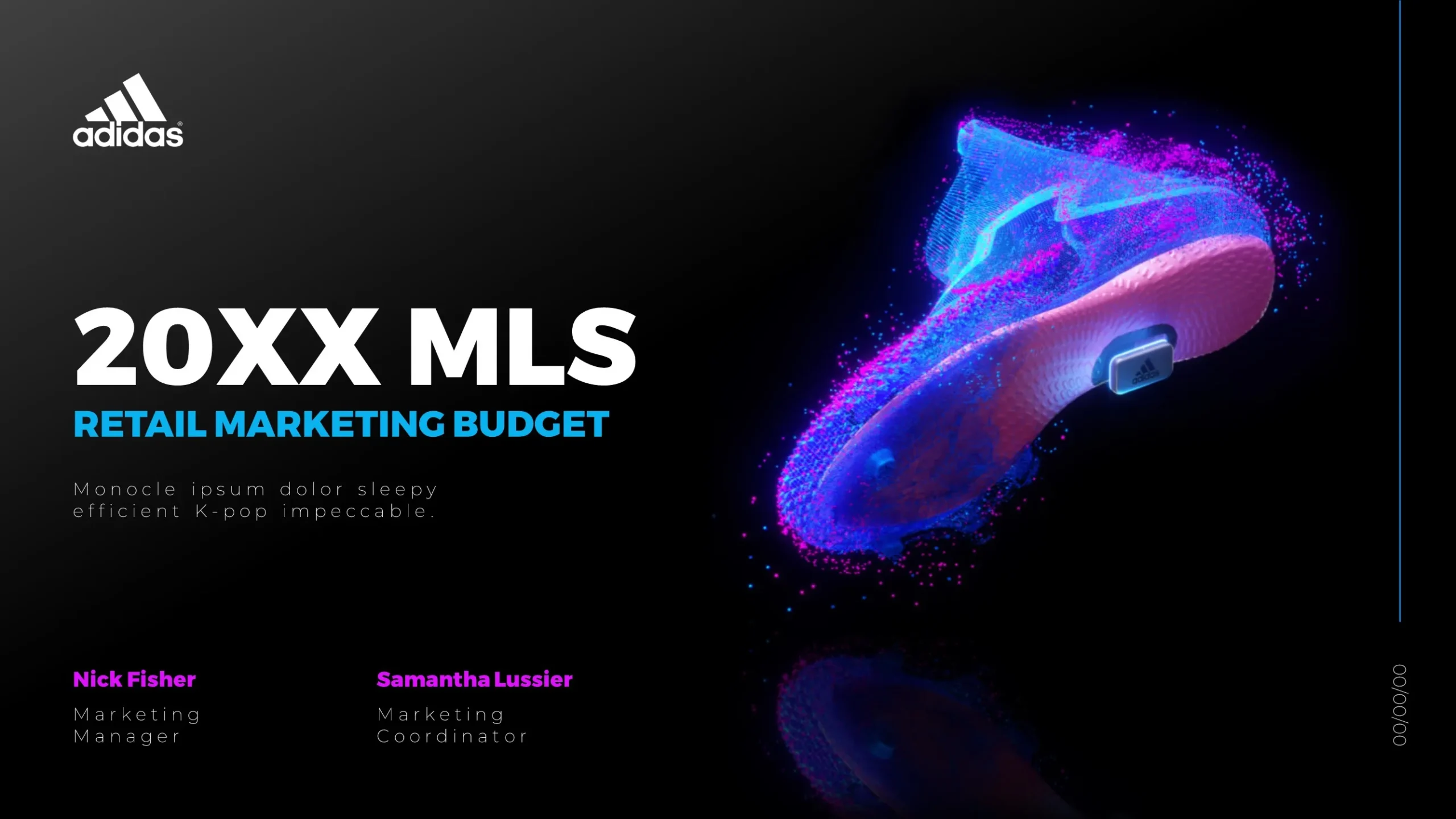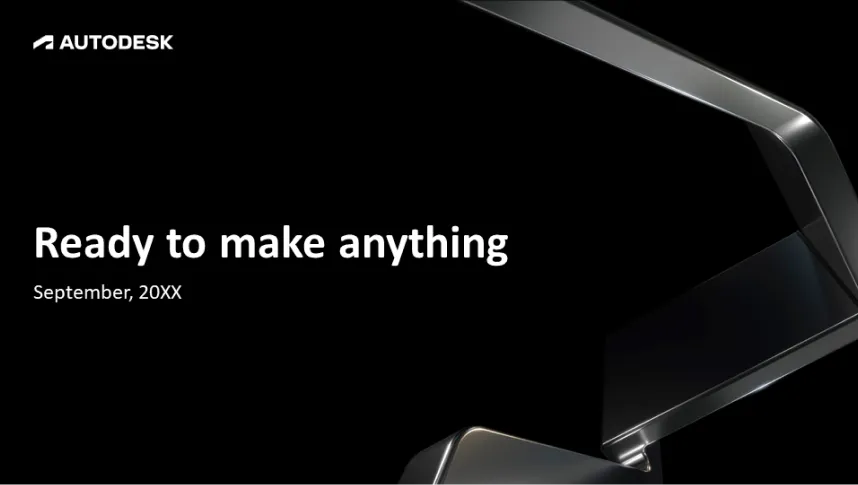Designing a professional presentation in PowerPoint involves a combination of good content, clear structure, and visually appealing design elements. Here’s a step-by-step guide to help you create a professional PowerPoint presentation:
1. Plan Your Presentation
Define Your Purpose:
- Clearly define the goal of your presentation. What do you want to achieve? Who is your audience? What key messages do you want to convey?
Outline Your Content:
- Create an outline of your presentation. Identify the main points you want to cover and arrange them in a logical sequence. This will serve as a roadmap for your slides.
2. Choose a Clean and Consistent Design
Select a Template:
- Choose a professional PowerPoint template that matches the tone and branding of your presentation. You can find templates within PowerPoint or from external sources such as SlideGenius, Envato Elements, and other design platforms.
Customize the Template:
- Customize the template to match your brand’s colors, fonts, and logos. Ensure consistency in style across all slides.
3. Create a Strong Opening Slide
Title Slide:
- Design an impactful title slide that includes the title of your presentation, your name, your role, and the date. Use a clear and bold font for the title.
4. Structure Your Content
Use Slide Layouts:
- Utilize PowerPoint’s slide layouts to ensure a clean and organized presentation. Common layouts include title slides, section headers, content slides, and conclusion slides.
Organize Information:
- Break down information into digestible chunks. Use bullet points, numbered lists, and short paragraphs to make content easier to read.
5. Focus on Visual Design
Consistent Fonts and Colors:
- Choose professional fonts and stick to a consistent color scheme. Avoid using too many fonts or colors as it can make your presentation look cluttered.
High-Quality Images and Graphics:
- Use high-resolution images and graphics. Ensure they are relevant to your content and enhance your message.
- Use white space effectively to avoid clutter and make your slides easier to read. White space helps to highlight key points and improve overall readability.
6. Use Effective Data Visualization
Charts and Graphs:
- Use charts and graphs to represent data visually. Ensure they are simple, clear, and accurately represent the data.
- Create infographics to visually explain complex information. Tools like Canva and Piktochart can help you design professional infographics.
7. Incorporate Multimedia Elements
Videos and Audio:
- Embed relevant videos and audio clips to enhance your presentation. Ensure they are high-quality and don’t distract from your main message.
Animations and Transitions:
- Use animations and transitions sparingly to add interest. Overusing these elements can be distracting. Keep animations simple and consistent.
8. Keep Text Minimal and Impactful
Concise Text:
- Keep text on slides minimal. Use key phrases and bullet points rather than full sentences. The slides should complement your verbal presentation, not replace it.
Highlight Key Points:
- Use bold or different colors to highlight key points. This draws attention to the most important information.
9. Add a Strong Conclusion
- Summarize the main points of your presentation in the conclusion. This reinforces your message and helps the audience remember key takeaways.
- Include a call to action if relevant. What do you want your audience to do after your presentation?
10. Review and Rehearse
Proofread:
- Carefully proofread your presentation for any spelling or grammatical errors. A professional presentation should be error-free.
Rehearse:
- Practice delivering your presentation multiple times. Familiarize yourself with the content and timing. Rehearsing helps build confidence and ensures a smooth delivery.
Conclusion
Designing a professional presentation in PowerPoint requires careful planning, attention to detail, and a focus on visual appeal. By following these steps, you can create a presentation that is visually stunning and effective in conveying your message. Remember to keep your audience in mind, use consistent design elements, and rehearse your delivery to ensure a successful presentation.
View Our Presentation Portfolio










